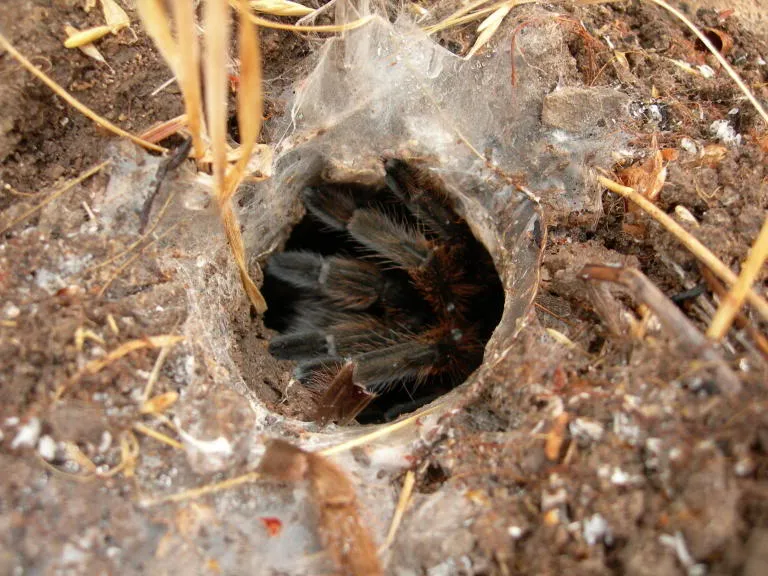What is the Best Soil for Tarantulas?
Choosing the right soil, also known as substrate, is crucial for the health and well-being of your tarantula. It provides a comfortable environment for burrowing species, aids in regulating humidity, and helps with waste management. The ideal substrate should mimic the tarantula’s natural habitat, offering both physical and environmental support. The best soil isn’t just one type; it’s a combination of factors, including the species of tarantula, its specific needs, and the ease of maintenance. Understanding the different options and their properties is the first step to creating the perfect home for your eight-legged friend. This article will dive into the specifics of various substrate choices, their pros and cons, and how to create the ideal soil environment for your tarantula to thrive.
Understanding Substrate: Why It Matters
The substrate is far more than just the floor of your tarantula’s enclosure; it is the foundation of its habitat. It affects everything from humidity and temperature to the tarantula’s ability to burrow, hunt, and feel secure. A well-chosen substrate provides the necessary environmental conditions, encourages natural behaviors, and protects the tarantula from stress. A poor choice, on the other hand, can lead to various problems, including dehydration, molting issues, and even health problems. Think of the substrate as a miniature ecosystem; it should be able to support not only the tarantula but also the beneficial microorganisms that help break down waste and maintain a healthy environment. The substrate’s importance cannot be overstated; it is fundamental to successful tarantula keeping.
Humidity Control & Soil
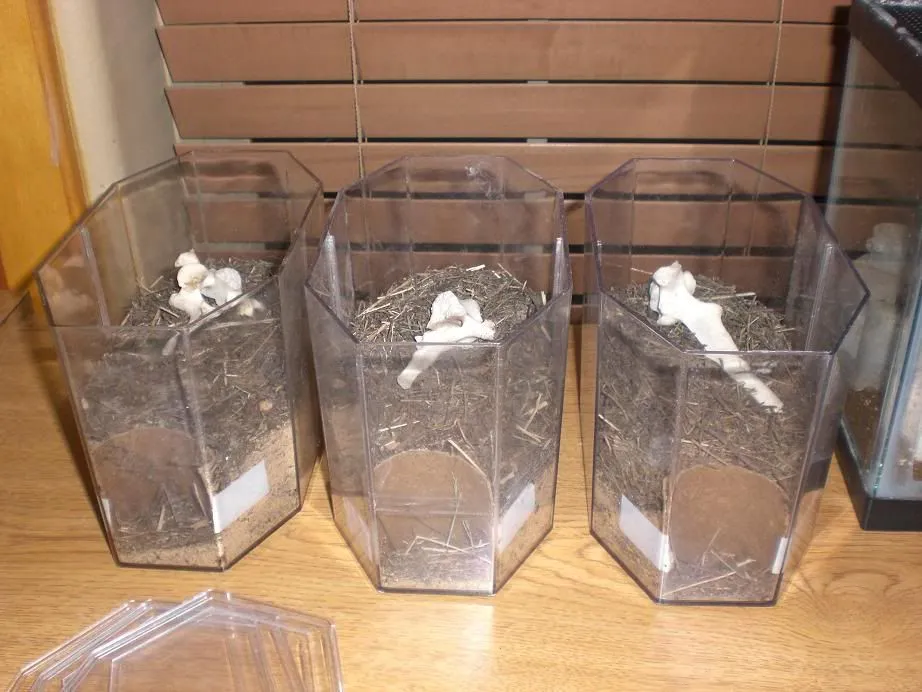
Humidity control is one of the primary functions of a good substrate. Tarantulas, especially those from humid environments, require specific humidity levels to thrive. The substrate acts as a moisture reservoir, slowly releasing water into the air through evaporation. This process helps to maintain the correct humidity levels within the enclosure. Different substrate materials have different water retention capabilities, with some being better at absorbing and releasing moisture than others. The right choice of substrate allows you to create and maintain the ideal humidity gradient, which is essential for your tarantula’s health. The humidity level also plays an important role during the molting process, allowing the tarantula to shed its old exoskeleton successfully. Without proper humidity, a tarantula may struggle to molt, potentially leading to serious problems.
Choosing the Right Substrate
Selecting the right substrate depends on the specific needs of your tarantula species. Some tarantulas prefer drier environments, while others thrive in humid conditions. Researching the natural habitat of your tarantula is essential to understand its environmental needs. Consider factors like burrowing behavior, ventilation requirements, and the ease of maintenance. A good substrate should be non-toxic, free from harmful chemicals, and able to support the tarantula’s weight without collapsing. Common substrate materials include coco fiber, peat moss, vermiculite, and a mix of these. Each has unique properties, so carefully consider the pros and cons of each before making your choice. It’s also important to avoid substrates that could potentially harm your tarantula, such as cedar shavings or pine. The proper choice of substrate is the basis for your tarantula’s well-being.
Coco Fiber
Coco fiber, derived from coconut husks, is a popular substrate choice due to its excellent water retention and natural properties. It is readily available, relatively inexpensive, and easy to work with. Coco fiber typically comes in compressed bricks that expand when water is added, making it easy to store and use as needed. This substrate is ideal for tarantulas that prefer a humid environment, as it efficiently absorbs and releases moisture. The natural fibers also provide a good surface for burrowing and help the tarantula feel secure. However, like any substrate, it requires proper maintenance to prevent mold and bacterial growth. Pre-treating the coco fiber before use is a good practice to remove any unwanted chemicals or contaminants. Always ensure the coco fiber is thoroughly dried before storage to prevent the growth of mold. This material can also be mixed with other substrates to create a more customized blend.
Pros of Coco Fiber
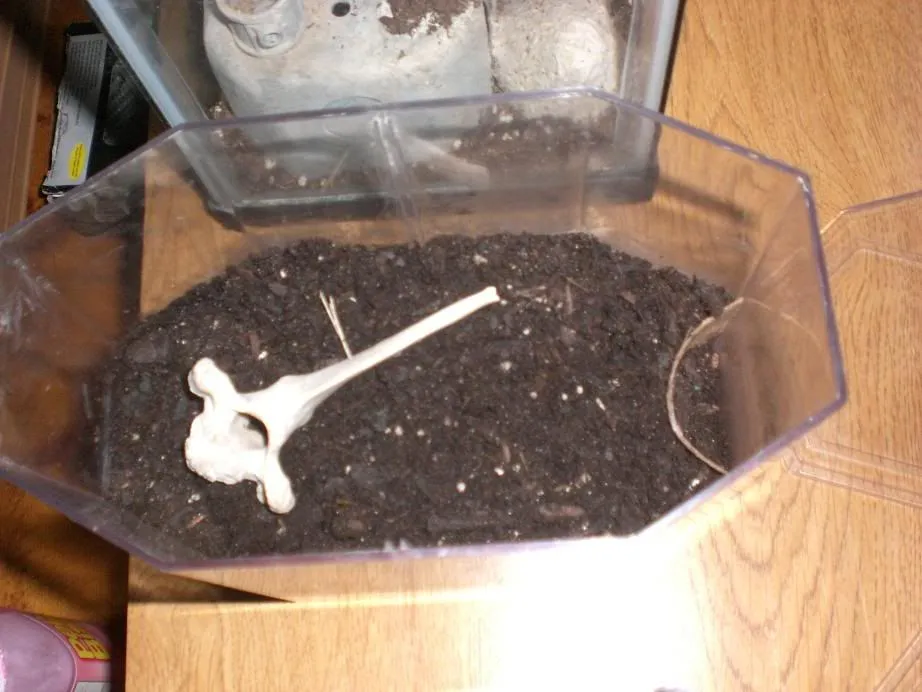
Coco fiber offers several advantages. Its exceptional water retention makes it ideal for maintaining high humidity levels, which is critical for many tarantula species. It’s also a natural and biodegradable material, making it environmentally friendly. It provides a soft and safe surface for tarantulas, allowing them to burrow and feel secure. Coco fiber is easy to obtain and usually affordable, making it a practical choice for tarantula keepers. It’s generally free from harmful chemicals, reducing the risk of toxicity. Furthermore, its consistency allows for good ventilation within the enclosure when used correctly, which helps prevent the build-up of harmful gases. Its fibrous nature aids in creating stable burrows and encourages natural behavior. The ease of maintenance also makes it a good option for both beginners and experienced keepers.
Cons of Coco Fiber
While coco fiber is a great substrate choice, it has some drawbacks. It can be prone to mold and mildew growth if not properly maintained. This requires careful monitoring of humidity levels and frequent spot cleaning. It can also become compacted over time, which may reduce airflow and impact humidity levels. Some tarantulas are sensitive to coco fiber and may develop skin irritation. This is why pre-treating it is important. It might also need to be replaced more frequently than other substrate types. Coco fiber can sometimes be dusty, which may affect the tarantula’s respiratory system if not managed correctly. Regular cleaning and proper ventilation are necessary to mitigate these issues. Despite these cons, coco fiber remains a popular and effective choice when correctly managed.
Peat Moss
Peat moss is another popular substrate, known for its excellent moisture-retaining properties and acidic pH. It is derived from partially decomposed plant matter, often sphagnum moss, and is readily available at most garden stores. The slightly acidic nature of peat moss can help to control the growth of mold and bacteria, making it a relatively clean substrate. It provides a soft surface for tarantulas, suitable for burrowing. It also offers a natural look, blending well in a terrarium setting. However, it is essential to be aware of its environmental impact and consider the sourcing of your peat moss. Peat moss comes in various grades, each with a different particle size, which affects water retention and suitability for different species. Always choose a high-quality, untreated product to avoid any potential harm to your tarantula.
Pros of Peat Moss
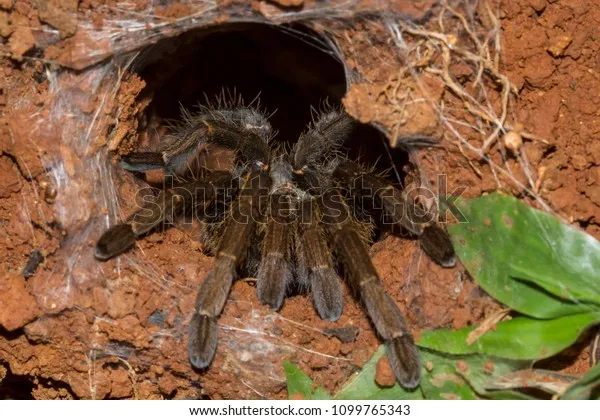
Peat moss provides a host of benefits for tarantula keeping. It excels at retaining moisture, which is crucial for maintaining ideal humidity levels in the enclosure. Its acidic pH helps to naturally inhibit the growth of mold and bacteria, creating a healthier environment for the tarantula. It offers a soft, natural surface that promotes burrowing behavior in suitable species, which can reduce stress and promote natural instincts. Peat moss also provides a natural aesthetic that can make the enclosure visually appealing. It is widely available and relatively inexpensive. Its composition also allows for good aeration within the substrate, which further contributes to a healthier environment. Finally, peat moss is often easy to handle and clean, making it a practical choice for tarantula keepers of all levels.
Cons of Peat Moss
Peat moss also presents some challenges. It can sometimes become compacted over time, which can reduce aeration and may impact burrowing ability. Its acidity can be too high for some tarantula species, so careful monitoring of the enclosure’s pH level is essential. Peat moss can be quite dusty when dry, potentially irritating the tarantula’s respiratory system if not kept moist. It has a tendency to dry out relatively quickly, requiring frequent misting or watering to maintain the desired humidity levels. It can also become hydrophobic when it dries out, making it difficult to rehydrate. From an environmental perspective, peat moss harvesting can be unsustainable, depending on the source. Therefore, if you choose to use peat moss, it is important to consider its origin and use it responsibly. Regular maintenance, including spot cleaning and moisture control, is essential to prevent mold or bacterial growth.
Vermiculite & Perlite
Vermiculite and perlite are mineral-based substrates often used for horticultural purposes but can also be beneficial components of tarantula substrates. Vermiculite is a hydrated laminar mineral that helps with water retention and aeration. Perlite is a volcanic glass that is heated to expand, resulting in a lightweight material with excellent drainage properties. These materials are rarely used alone but are often mixed with other substrates, such as peat moss or coco fiber, to improve their properties. Both vermiculite and perlite are inert and non-toxic, making them safe options for tarantulas. These materials can enhance drainage and prevent the soil from becoming waterlogged. Using them in a mixture can create an ideal balance of moisture retention and aeration, promoting a healthy environment. However, it’s important to use these in moderation, as too much can alter the substrate’s intended properties.
Pros of Vermiculite & Perlite
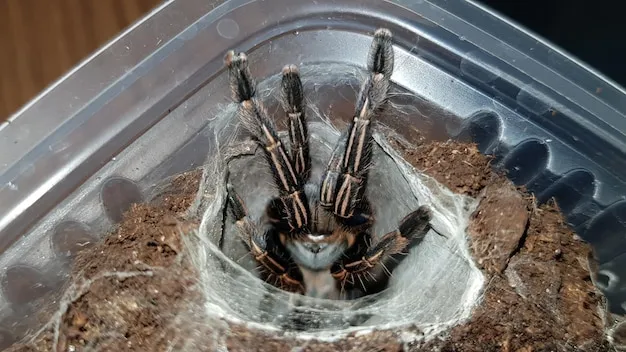
Vermiculite and perlite bring several advantages to tarantula substrate mixtures. Vermiculite’s excellent water retention capabilities help to maintain optimal humidity levels, while also preventing the substrate from becoming overly saturated. Perlite enhances drainage and aeration, which helps prevent mold growth and root rot, resulting in a healthier substrate environment. Both materials are inert and non-toxic, making them safe for tarantulas. They help to create a more stable and balanced substrate mixture, improving overall environmental control. These materials are lightweight, which makes them easy to incorporate into substrate mixtures. Their addition also helps to prevent soil compaction, thereby improving aeration. They are also easily available at garden stores and are usually inexpensive. Vermiculite and perlite are particularly useful when dealing with species with different humidity and drainage needs.
Cons of Vermiculite & Perlite
There are some downsides to using vermiculite and perlite. When used in excess, vermiculite can make the substrate too wet, which can lead to mold and bacterial growth. Excessive perlite, on the other hand, can dry out the substrate too quickly, thereby reducing humidity. They may not be suitable for burrowing species as they are not as structurally supportive as other materials. Vermiculite, in particular, can sometimes be dusty, which could potentially cause respiratory issues if not handled carefully. While perlite is generally safe, the dust from both materials may also irritate the skin. It’s important to note that vermiculite and perlite are mainly used as additives; using them as the sole substrate is usually not recommended. Using them in a mix requires careful consideration of the tarantula’s specific needs and regular monitoring to maintain optimal humidity and prevent potential issues.
Soil Mixtures for Tarantulas
Creating a soil mixture allows you to fine-tune the substrate to meet the exact needs of your tarantula. Mixing different substrates gives you the flexibility to control humidity, drainage, and aeration. A common mixture might combine coco fiber for humidity, peat moss for acidity, and a touch of vermiculite for water retention. The exact recipe depends on the tarantula species, so research the specific requirements. The goal is to create a balanced environment that closely replicates the natural habitat. Consider the species’ burrowing habits and their preferred moisture levels. The right mix will provide the optimal conditions for the tarantula to thrive. Experimentation and observation are key to perfecting the soil mix for your tarantula. The ability to blend several materials offers the keepers great versatility.
Creating the Perfect Blend
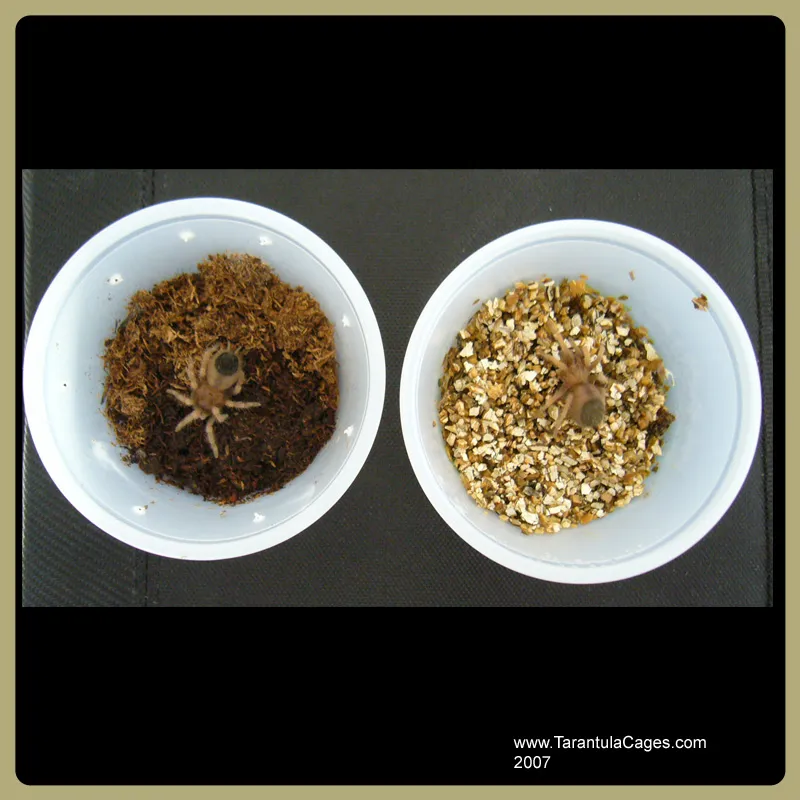
Creating the perfect soil blend for your tarantula involves a few critical steps. First, research the specific requirements of your tarantula species. Look up their native habitat and environmental preferences. Gather your chosen substrate components – coco fiber, peat moss, vermiculite, and/or perlite. Start with a base, usually coco fiber or peat moss, and add the other materials gradually. Mix the substrates thoroughly to ensure an even distribution. Adjust the proportions based on your observations and the tarantula’s behavior. Monitor the humidity levels within the enclosure using a hygrometer, and adjust the soil mixture accordingly. Regularly check the soil for mold, compaction, or other problems. The perfect blend might require some trial and error, but with careful observation, you can create an ideal environment for your tarantula. It’s important to remember that every tarantula is different and the best way to ensure the correct blend is through research and experimentation.
Importance of Soil Depth
Soil depth is crucial, especially for tarantulas that burrow. The depth provides the tarantula with space to create their burrows, which offers security and a sense of comfort. It also plays a role in regulating humidity and temperature within the enclosure. The right depth allows for a humidity gradient, where the deeper soil retains more moisture. This can vary depending on the species, as terrestrial species will need a different depth compared to arboreal species. The depth must be sufficient to support the tarantula’s weight and provide a stable structure for their burrows. Insufficient depth can hinder the tarantula’s natural behaviors, leading to stress and potential health issues. The correct soil depth ensures the tarantula can engage in natural activities, find shelter, and maintain their overall well-being. Observe your tarantula’s behavior and adjust the soil depth accordingly, ensuring they have enough space to burrow and live comfortably.
Maintaining Tarantula Soil
Maintaining the soil is crucial to ensure a healthy environment for your tarantula. Regular maintenance includes spot cleaning to remove any waste or uneaten food, which helps to prevent mold and bacterial growth. Monitor the humidity levels within the enclosure and adjust the watering schedule accordingly. Avoid overwatering, which can lead to waterlogged substrate and health issues. Aerate the soil occasionally to prevent compaction and ensure proper air circulation. Replace the substrate periodically, usually every six to twelve months, or sooner if it appears to be degraded or contaminated. Regular checks for mold, pests, and any signs of distress in the tarantula are essential. By following these maintenance practices, you can keep the substrate in optimal condition and ensure a safe, comfortable environment for your tarantula. Good maintenance practice is critical for the tarantula’s health and longevity.
Watering Your Substrate
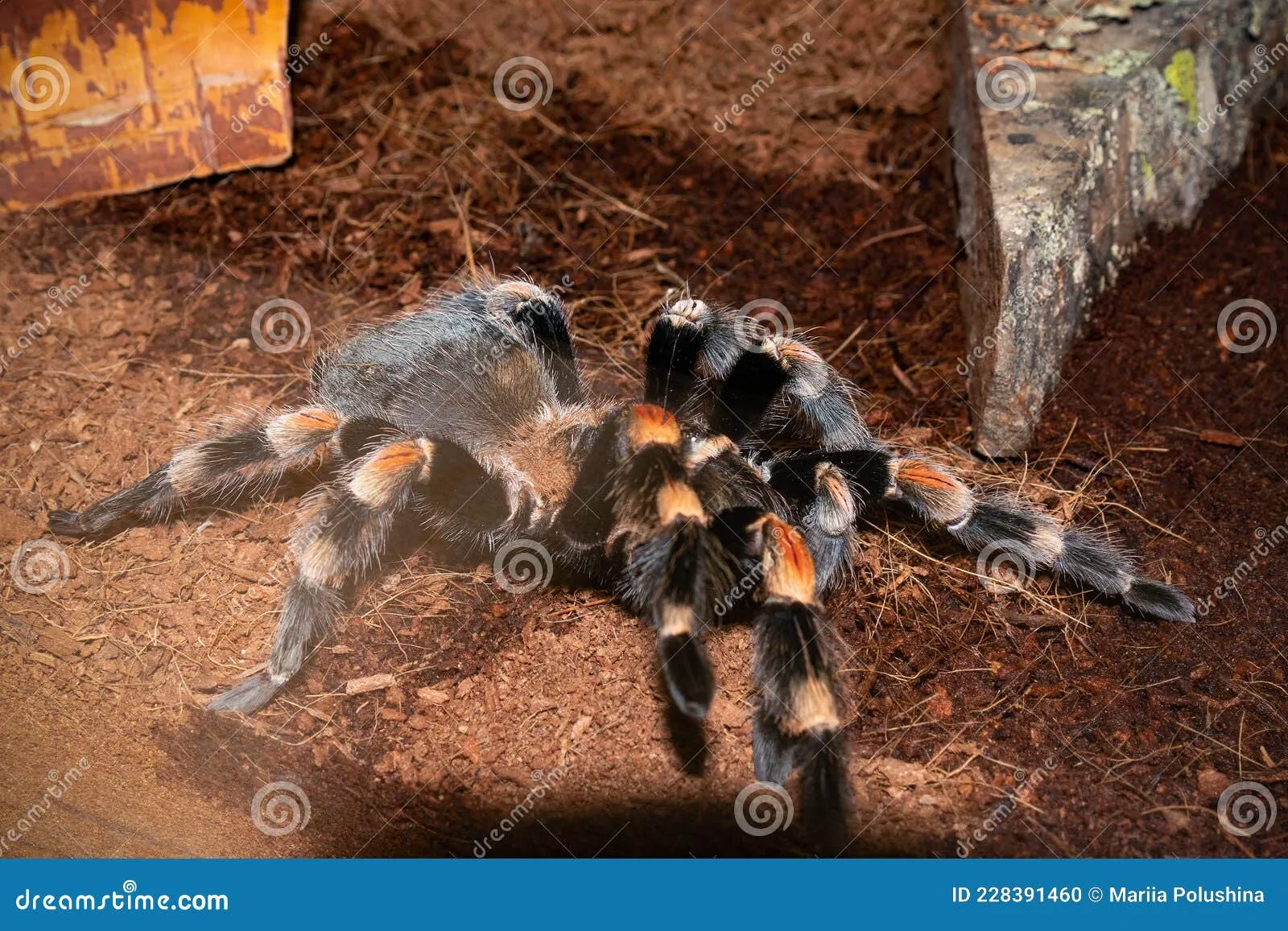
Proper watering of the substrate is essential for maintaining the correct humidity levels. The watering frequency depends on the substrate type, the tarantula species, and the environmental conditions. Use a spray bottle to mist the substrate lightly, or pour water directly into a corner of the enclosure. Avoid overwatering, as this can lead to the substrate becoming waterlogged. Monitor the humidity levels using a hygrometer, and adjust the watering schedule to keep the humidity within the recommended range. Ensure that the substrate is moist but not soggy, and that the surface is allowed to dry out slightly between waterings. The watering schedule should also consider the ventilation within the enclosure. Poor ventilation may require less watering than enclosures with more ventilation. Proper hydration is crucial for the tarantula’s health and facilitates molting and overall well-being. Always use dechlorinated water to avoid introducing harmful chemicals.
Cleaning the Enclosure
Regular cleaning of the enclosure is vital for maintaining a healthy environment and preventing the build-up of harmful bacteria and waste. Spot clean the substrate at least once a week to remove uneaten food, feces, and any other debris. This helps to reduce the risk of mold and bacterial growth. A complete substrate change is usually recommended every six to twelve months, depending on the substrate type and the tarantula’s needs. During a substrate change, remove all the old substrate, clean and disinfect the enclosure thoroughly, and replace it with fresh substrate. When cleaning, always wear gloves and use a tarantula-safe disinfectant. Observe the tarantula’s behavior and the substrate condition to determine the optimal cleaning frequency. Cleaning also prevents the build-up of ammonia and other toxic substances that can harm the tarantula. Regularly cleaning maintains a safe and healthy environment for your pet.
Signs of Soil Problems
It’s important to watch for signs of problems with the soil to ensure the health of your tarantula. One common sign is the growth of mold or mildew, which indicates that the substrate is too moist or the ventilation is poor. Excessive moisture can lead to respiratory issues for your tarantula. Another warning sign is the presence of pests, such as mites or springtails, which can indicate a problem with the soil quality. If you see a change in the tarantula’s behavior, such as a refusal to burrow or a lack of activity, it could indicate that something is wrong with the soil. A foul odor coming from the enclosure is another sign of potential problems, such as the build-up of ammonia or other toxins. Regular monitoring of the substrate and the tarantula’s behavior will help you detect issues early and take corrective action before they affect the tarantula’s health. Addressing problems promptly is essential for maintaining a healthy and safe habitat.
Top 5 Tarantula Soil Secrets
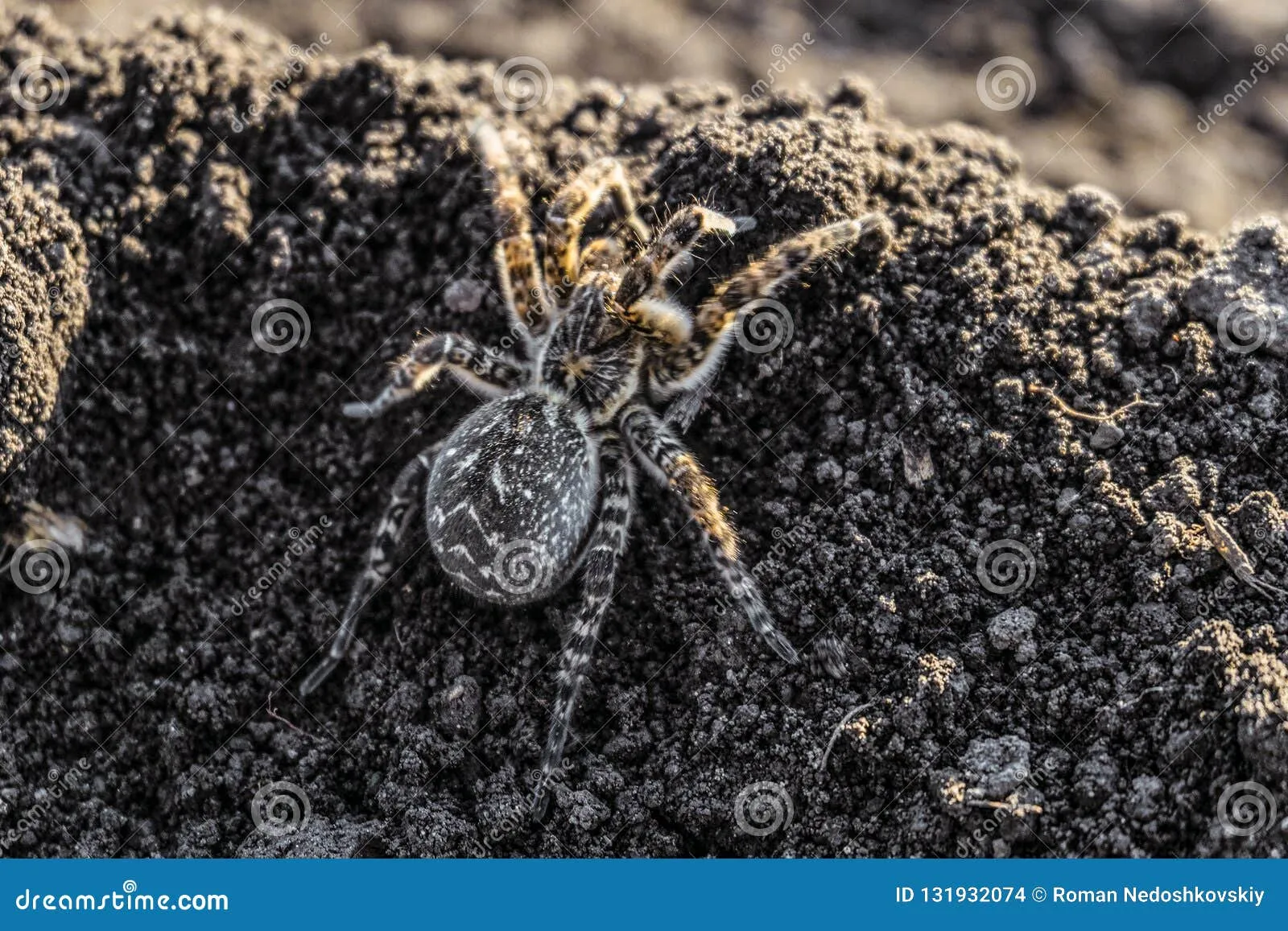
To recap, here are the top 5 secrets for ensuring your tarantula’s soil is perfect. First, understand your tarantula’s specific needs by researching its species’ natural habitat and environmental preferences. Second, choose the right substrate mixture, considering coco fiber, peat moss, vermiculite, and perlite, and always mix these to achieve the best result. Third, maintain proper humidity levels by regularly monitoring the enclosure and adjusting the watering schedule. Fourth, practice good hygiene by regularly spot cleaning and replacing the substrate as needed. Finally, constantly observe your tarantula for any signs of problems with the soil, such as mold, pests, or behavioral changes. By following these secrets, you’ll be well on your way to creating a thriving environment for your tarantula and providing them with the best possible care, ensuring a long and healthy life.
